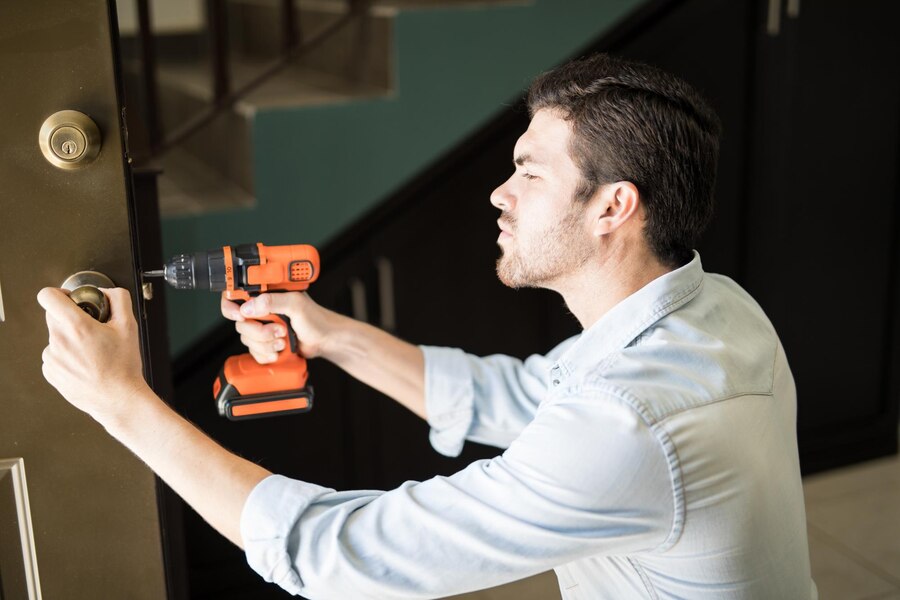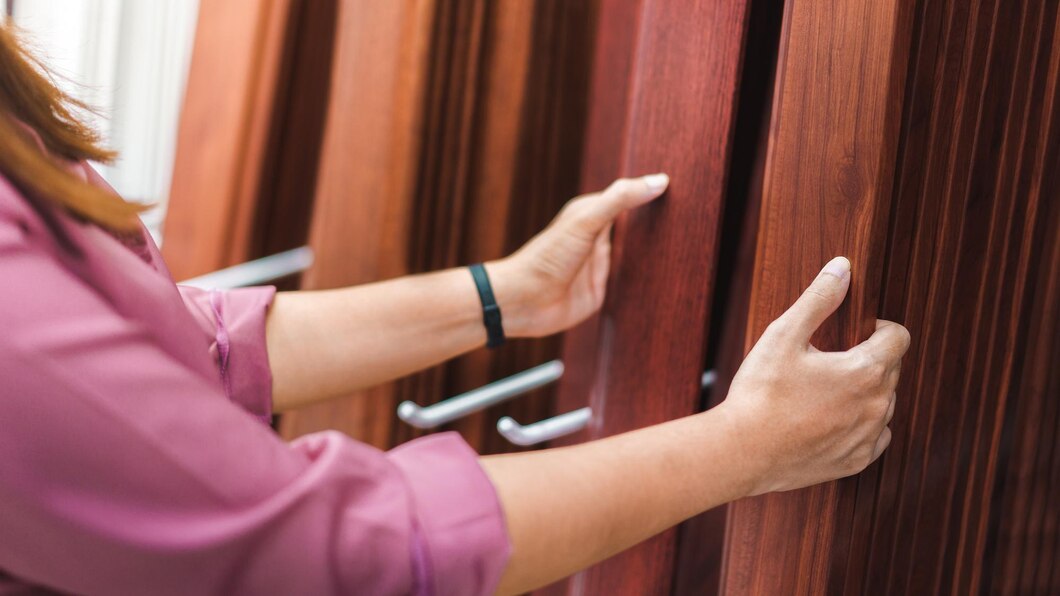Selecting the appropriate door hinge is a critical decision in home improvement, impacting both functionality and aesthetics. Whether upgrading existing doors or installing new ones, understanding the diverse types of hinges and their benefits is essential for making an informed choice.
Types of Door Hinges
Butt hinges, characterized by two rectangular plates connected by a pin, are ubiquitous in interior door applications. They provide smooth operation and are suitable for various door materials and weights. For heavy-duty applications, such as solid wood or metal doors, heavy-duty butt hinges offer enhanced durability and support.
Piano hinges, also known as continuous hinges, span the entire length of the door or cabinet. They provide robust support and are ideal for heavy or wide doors, ensuring longevity and stability. Spring hinges are designed to automatically close doors, making them ideal for spaces where door closure is necessary, such as bedrooms or bathrooms. These hinges come in various strengths to accommodate different door weights and closing pressures.
Concealed hinges, often referred to as European hinges, are hidden from view when the door is closed. They offer a sleek, minimalist appearance suitable for modern interiors, enhancing the overall aesthetic of the space.
Key Considerations
When selecting a door hinge, several factors should be considered:
Durability: The material and construction of the hinge determine its durability and resistance to wear and tear. Stainless steel hinges are highly durable and corrosion-resistant, making them suitable for exterior doors exposed to weather elements.
Load Capacity: Hinges must support the weight of the door effectively. Heavy-duty hinges are necessary for doors that are heavy or used frequently.
Aesthetic Compatibility: Hinges come in various finishes, including brass, nickel, and black, allowing homeowners to match them with existing hardware for a cohesive look that complements the overall interior design.
Security Features: Consider hinges with non-removable pins or security studs to enhance door security and prevent unauthorized removal.
Installation and Maintenance
Proper installation is crucial for hinge performance. Ensure hinges are aligned correctly using installation templates or marking tools to achieve precise positioning. Compatibility with door and frame preparations is essential, as different hinge types require specific preparations for optimal functionality.
Regular maintenance, such as lubricating hinges to prevent squeaking and tightening loose screws, ensures smooth operation and prolongs hinge lifespan.
Choosing the Right Hinge for Different Applications
For interior doors, butt hinges are versatile and commonly used due to their adaptability to various door materials and weights. Spring hinges are suitable for areas requiring automatic door closure, enhancing convenience and safety.

Exterior doors require durable hinges resistant to weather conditions. Stainless steel or brass hinges provide robust performance and longevity, ensuring reliability in harsh outdoor environments.
Piano hinges are ideal for large cabinet doors, offering continuous support and stability across the entire length of the door.
Conclusion
Selecting the right door hinge is crucial for optimizing door functionality and enhancing the overall aesthetics of your home. By considering factors such as durability, load capacity, aesthetic compatibility, and security features, homeowners can make informed decisions that align with their practical and design preferences.
Investing in quality hinges that match your door type and usage needs ensures long-term satisfaction and performance. Whether renovating existing doors or installing new ones, choosing hinges thoughtfully contributes to the functionality, security, and visual appeal of your living space.
Frequently Asked Questions
What are the different types of door hinges?
Door hinges come in several types, including butt hinges, piano hinges, spring hinges, and concealed hinges. Butt hinges are common for interior doors, while piano hinges provide continuous support for heavy doors or cabinets. Spring hinges automatically close doors, and concealed hinges offer a sleek, hidden appearance ideal for modern interiors.
How do I choose the right door hinge for my door?
When selecting a door hinge, consider factors such as door material, weight, and usage frequency. Butt hinges are versatile for most doors, while heavy-duty hinges are suitable for heavier or solid doors. For automatic closure, spring hinges are ideal, and concealed hinges offer a seamless look for modern design preferences.
What materials are door hinges made from?
Door hinges are commonly made from materials like stainless steel, brass, and zinc alloy. Stainless steel hinges are durable and resistant to corrosion, making them suitable for both interior and exterior applications. Brass hinges offer a classic look and are ideal for decorative purposes.
How do I maintain door hinges for optimal performance?
Regular maintenance of door hinges involves lubricating them periodically to prevent squeaking and ensuring smooth operation. Check and tighten loose screws as needed to maintain stability and functionality over time.
What security features should I look for in door hinges?
For enhanced security, consider hinges with non-removable pins or security studs. These features prevent intruders from easily removing doors from their hinges, adding an extra layer of protection to your home.
